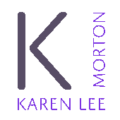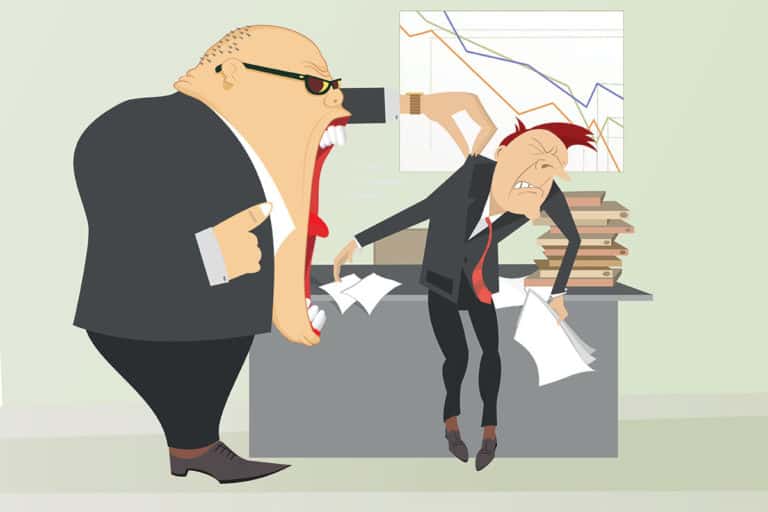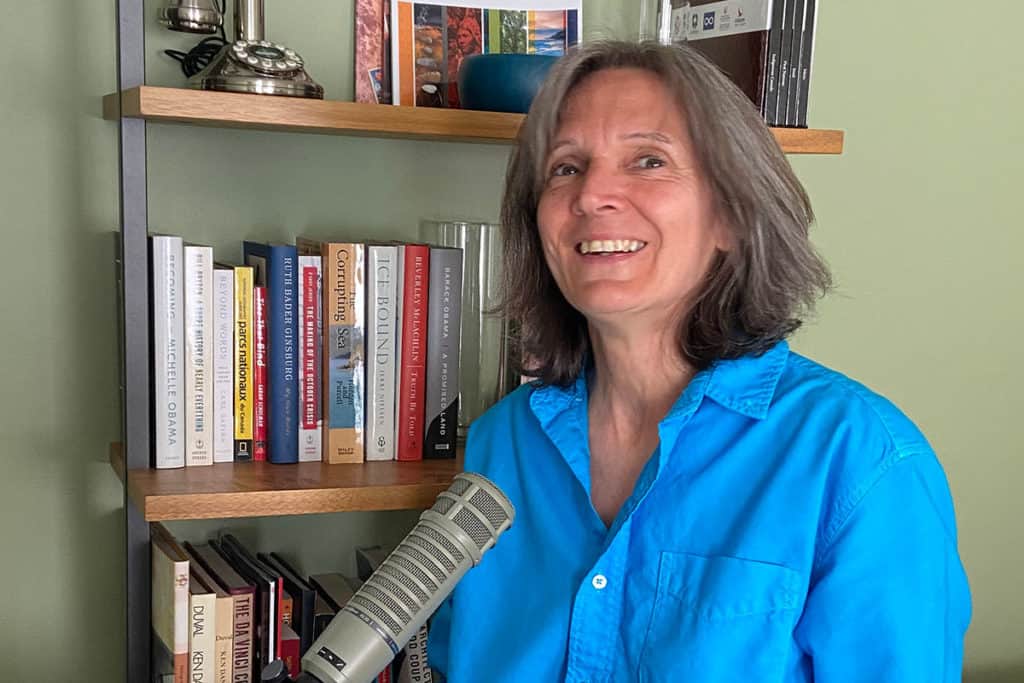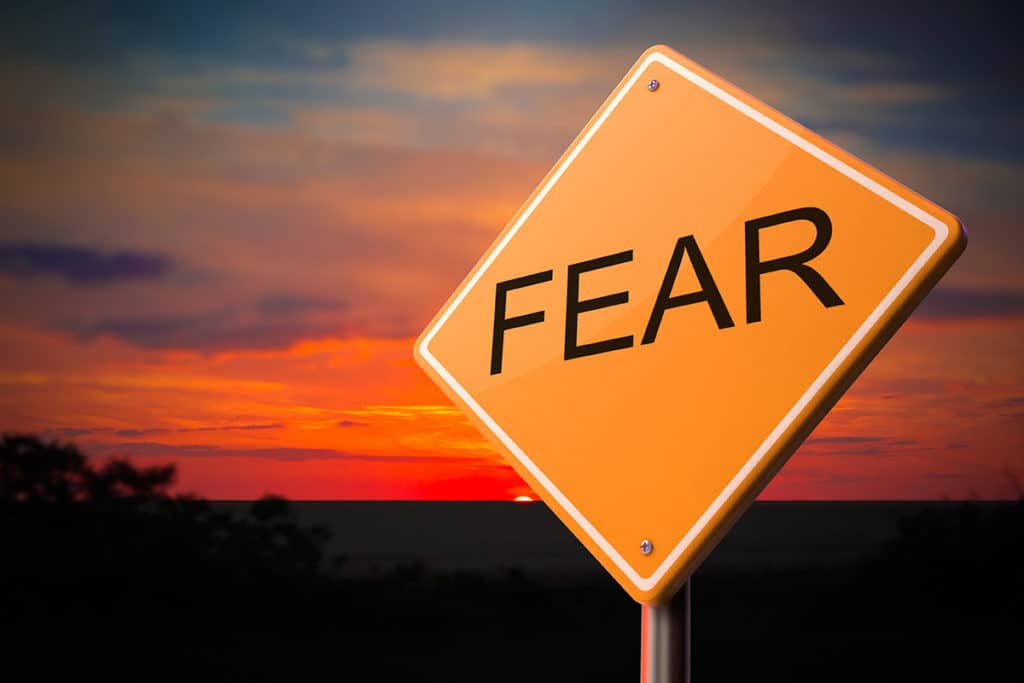Conflict led to emotions. You didn’t heal, so those emotions made their way into new conflicts. Here’s a quick peek at the conflict and emotions relationship.
It's Ancient History... Or Is It?
It’s Friday, at the end of the day. It’s been a long week, but you are home, relaxed, and looking forward to the weekend. You are surrounded by everything or everyone you love.
And then it happens.
In an instant, you are clenching your jaw, squeezing your hands into fists, and tightening every muscle in your body. You snap at your child, your dog, your partner, or your friend. They stare at you in surprise.
Where on earth did this come from?
You just brought a past conflict from your work week into your present home life. Unknowingly triggered by a neighbour yelling at their kids, you were brought back to that moment on Monday when your boss yelled at you.
You thought you had shrugged it off. Instead, you had buried your emotions along with the retort that you had swallowed. And those emotions just sprung up and targeted the wrong person.
More Than Just Incompatible Goals
What was the conflict with your boss about?
At its simplest, conflict is defined as two people or groups with incompatible goals. But if your boss was yelling, and you held back biting comments, I would argue that your conflict was something more.
While I like to keep things simple, this basic definition just doesn’t go far enough. It ignores the emotions and values central to so many conflicts.
3 Dimensions of Conflict
I think Bernard Mayer’s more comprehensive definition is a better fit for most conflicts. Mayer said there are three dimensions to conflict:
- what you think
- what you feel
- how you act
Mayer pointed out what you already know, if you take a moment to think about it: Conflict can occur in one dimension but not in another.
You and your boss both thought the same about the work project. Your goals weren’t incompatible. But your boss let loose with strong emotions. What they felt, and how they acted, created conflict and emotions for you.
In response, you had negative emotions that you chose not to act on. While this may have been a wise decision, the bigger problem has become your lingering emotions. With the brief conflict over, you returned to normal. But tucked into a backpack and carried around, you pulled out your emotions – or they tumbled out of your overstuffed pack – in an unrelated situation.
Mayer addressed another point about conflict. Even if only one person or group believes there is a conflict, even if they don’t act out their emotions, they still engage the other person or group.
Even if your boss had not yelled, you would have felt the tension of whatever conflict they believed existed.
Is It About Your Goals, Or You?
Alan Tidwell used his own language to define the types of conflict. In objective conflicts, the goals are the focus. This would be similar to Mayer’s “what you think” dimension.
In subjective conflicts, you take centre stage, as your beliefs and values – Mayer’s “what you feel” – can, and do, impact the outcome. This was the situation with your boss.
What you believe, what you value, and what you carry from the past all have the power to make you reactive. My work, and your goal, is to transform negative emotions that cause, or are caused by, stress and conflict. It’s about changing the conversations. It’s about positive action, even if this action leads to conflict.
Conflict As A Means To Change
Conflict is not always negative. John Burton, one of the founders of conflict studies, and Paul Lederach, a pioneer in conflict transformation, have pointed out that social conflict is a means to change, and necessary for the transformation of social structures. Think Gandhi. Transformation, however, is not always a smooth process. Black Lives Matter continue their fight, and women see no end in sight as we work to transform power structures.
Conflict Is Caused By...
Do you know exactly why you are in conflict with your boss? Do you presume they are in conflict for the same reasons as you?
Social Conflict
Conflict can be caused by one or more of the following:
- competing desires
- limited resources
- miscommunication
- cultural differences
- power imbalances
- differing values
- basic needs
Where you felt there was a miscommunication, your boss may believe you have more power than them. What one colleague saw as competing desires, another saw as cultural differences.
As you take a more active role in changing the conversations, don’t assume you have the same starting place about the cause of a conflict.
Latent, Emerging, and Manifest: Where Are You In The Cycle?
Conflict can occur internally, as it does when you are in conflict with your own conscience, or at an individual, societal, international, or global level. It could be categorized as latent, emerging, or manifest:
Latent conflicts contain underlying tensions that have not fully developed. One party may not even be aware that the conflict, or its potential, exists.
-
-
- If you hadn’t seen your boss, you might not yet have known that there was a conflict.
-
Emerging conflicts include parties who have been identified, know of the conflict, and are clear on many of the issues. They have not yet developed a workable process.
-
-
- You and your boss are the two known parties. They blew up, so you know of the conflict. Your boss made their issues clear, but you have not yet agreed on a new way forward.
-
Manifest conflicts are those in which an impasse in the process has been reached.
-
-
- You can’t get past the fact that your boss blew up at you. You are looking for a new job.
-
Making Waves: Nested Russian Dolls
I’m more of a practical than theoretical person. Rather than dig into the many conflict theories, I’m going to focus on their broader categorization. For this, I like Michelle LeBaron’s breakdown of three waves of conflict theory development:
Wave 1 focused on win-win solutions. Conflict “was seen to arise from competition over resources and differences over material things.” This aligns with the simpler conflict definition at the start of this article.
Wave 2 focused on the issue of miscommunication. “Conflict does not arise in a vacuum. It arises from poor communication, often exacerbated by poorly designed systems and unequal power.” You might say your boss simply didn’t communicate what they wanted very well.
We are, according to LeBaron, in Wave 3, the relational wave.
“Some of the most difficult conflicts we face have well-defined issues and have been the subject of countless efforts at calm communication. [Yet] more conflicts have surfaced, emerging out of unaddressed roots like nested Russian dolls. This is because conflicts are indivisible from the relational context in which they arise.” [emphasis added]
Michelle LeBaron
conflict transformation scholar
A simple case-in-point: I first stood in front of municipal managers and employees to deliver human rights and diversity training in 1990. More than thirty years later, it is safe to say that the issues are well-defined, and there have been plenty of calmly communicated, well-received training programs and discussions. But no one would say that we have put an end to racism, sexism, or homophobia. Isms and phobias still exist because the relationships between the dominant and minority groups have not changed.
Negative Emotions: Yes, You Have Them
Regardless of the theory for why conflict occurs, negative emotions are a powerful by-product that feed the conflict cycle. Alan Tidwell and Johan Galtung both noted that in conflict relationships, people are not only angry, but can be motivated by extreme emotions such as hate.
Even apathy becomes a problem:
- “It isn’t happening to me, so I don’t care.”
- “Nothing I do will make a difference, so I won’t bother to try.”
Your emotions can then make you unable to identify and transform the root of the conflict. You have no doubt been there yourself:
- The little things build to bigger things.
- You become more reactive.
- The real issue gets buried.
- It takes a lot more effort to dig up what is now well-rooted.
- Apathy or bickering seem easier.
Many conflict theorists have pointed to emotions bubbling below your conscious awareness. You then project these emotions from unresolved past conflicts onto people in your current conflicts.
When you are trying to make your best decision, these unresolved emotions will get in your way.
LDT™: Healing the Roots of Conflict
Within the field of conflict resolution, there has been general consensus: You must heal from past conflict if you are to transform negative relationships. Your brain, as Redekop pointed out, can’t tell time, so “the wounds of the past are brought back with an immediacy as though they have just happened.”
To make your best decisions, you need to transform the emotions that get in your way. No single process for healing or transformation exists, and certainly no timelines can be applied. People respond differently to stress and conflict, and culture and circumstances play a role.
I present LDT™ – Locate, Describe, & Transform – as one possibility for transforming your negative emotions on your own.
Next up: Locate your emotions like a pro.



